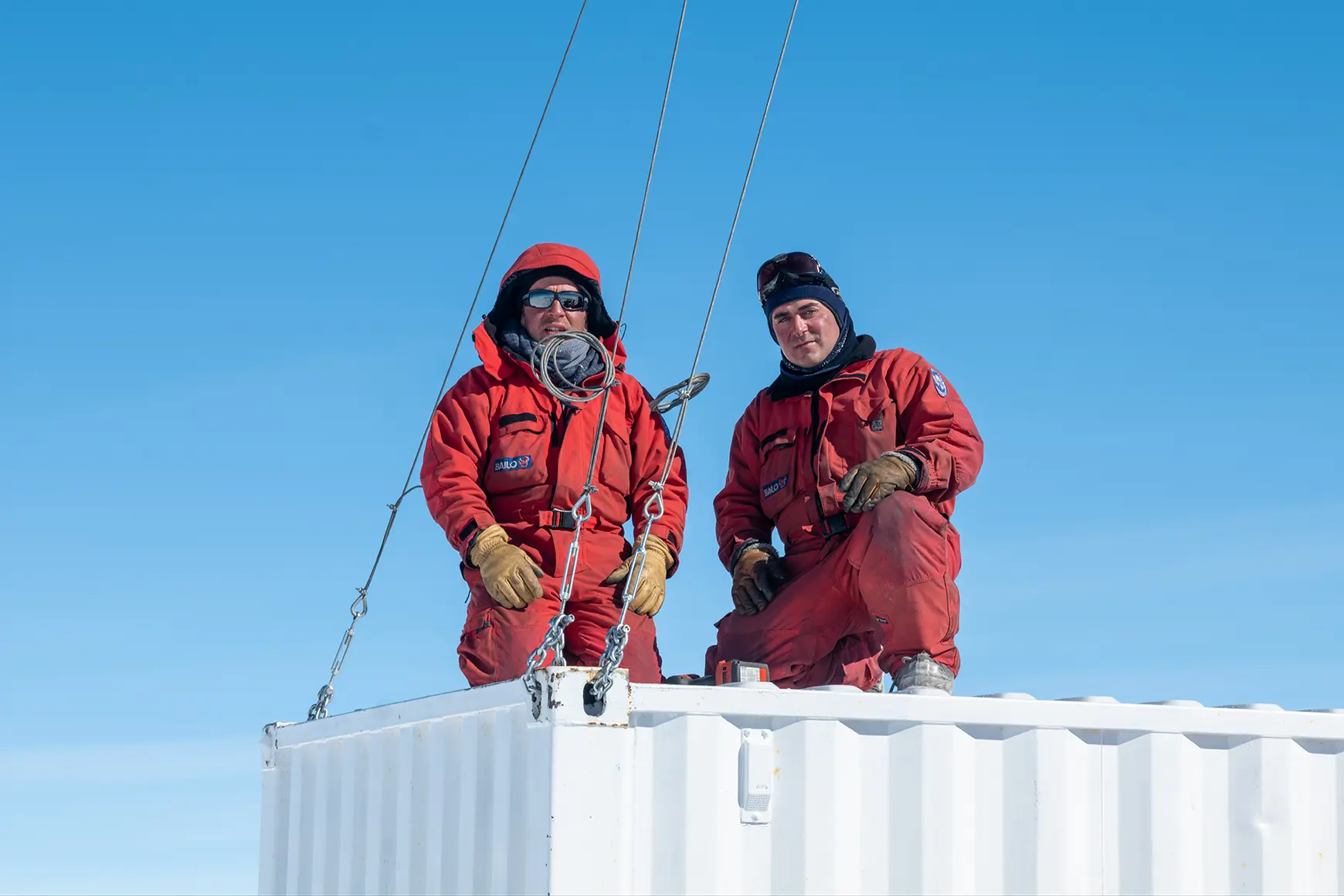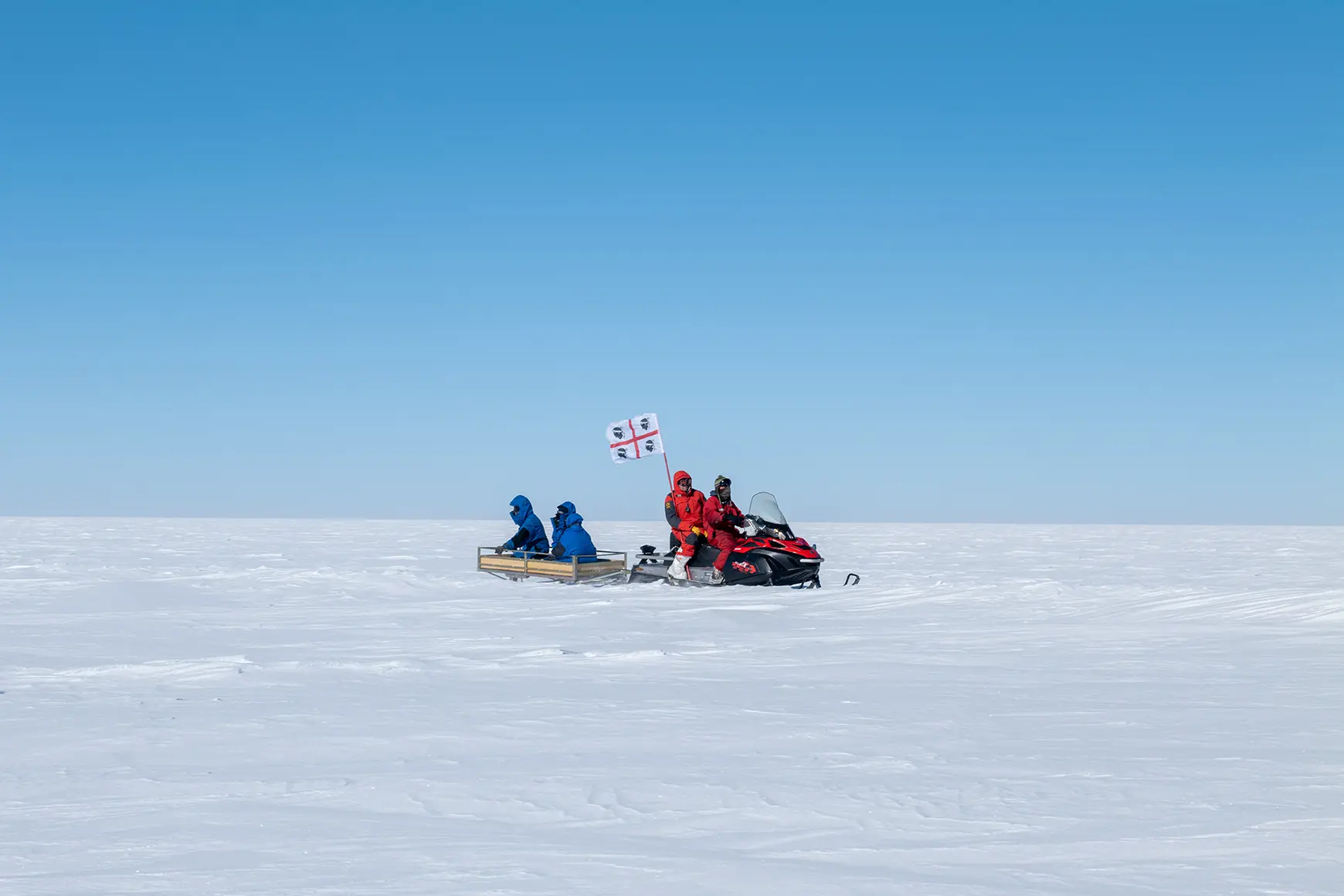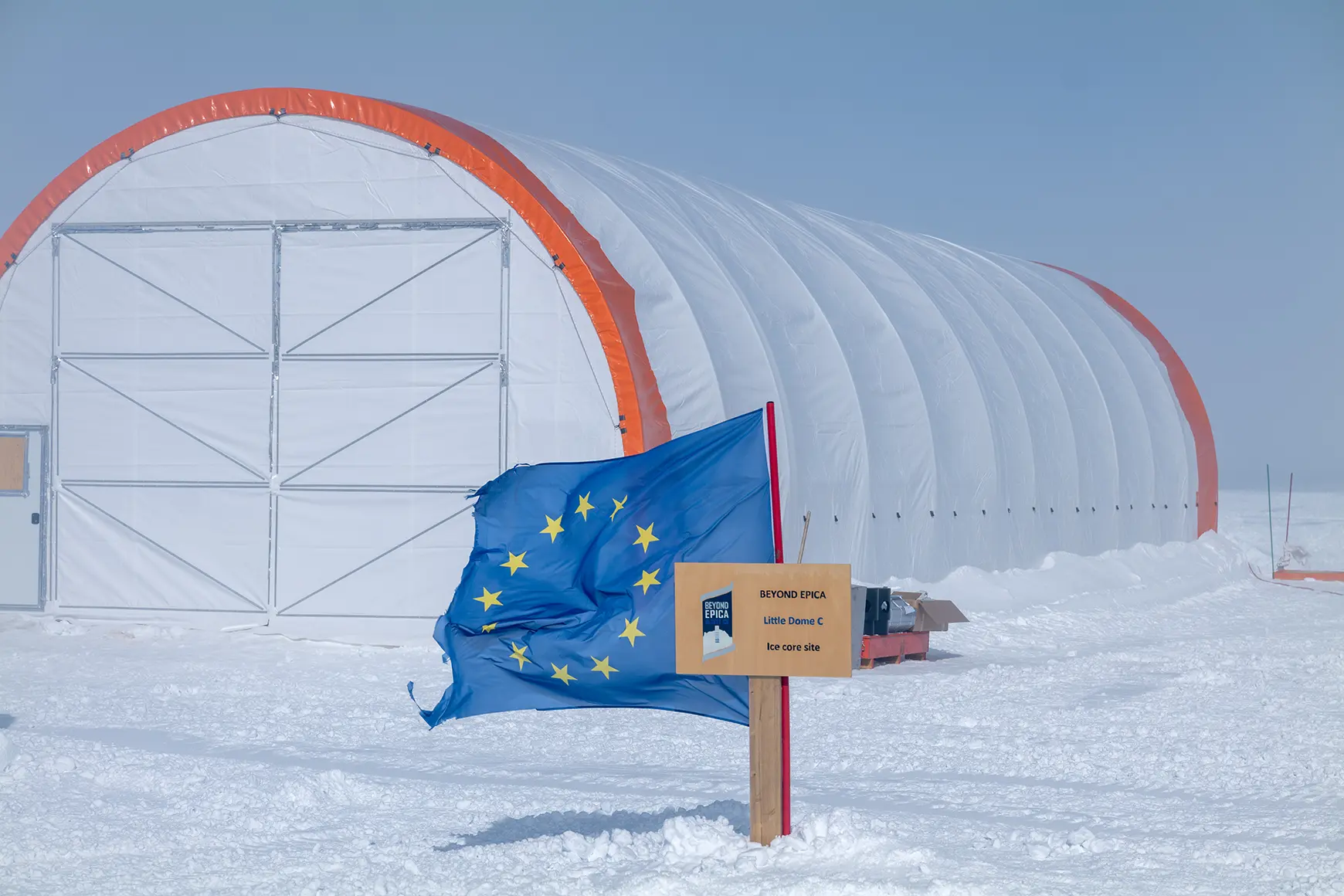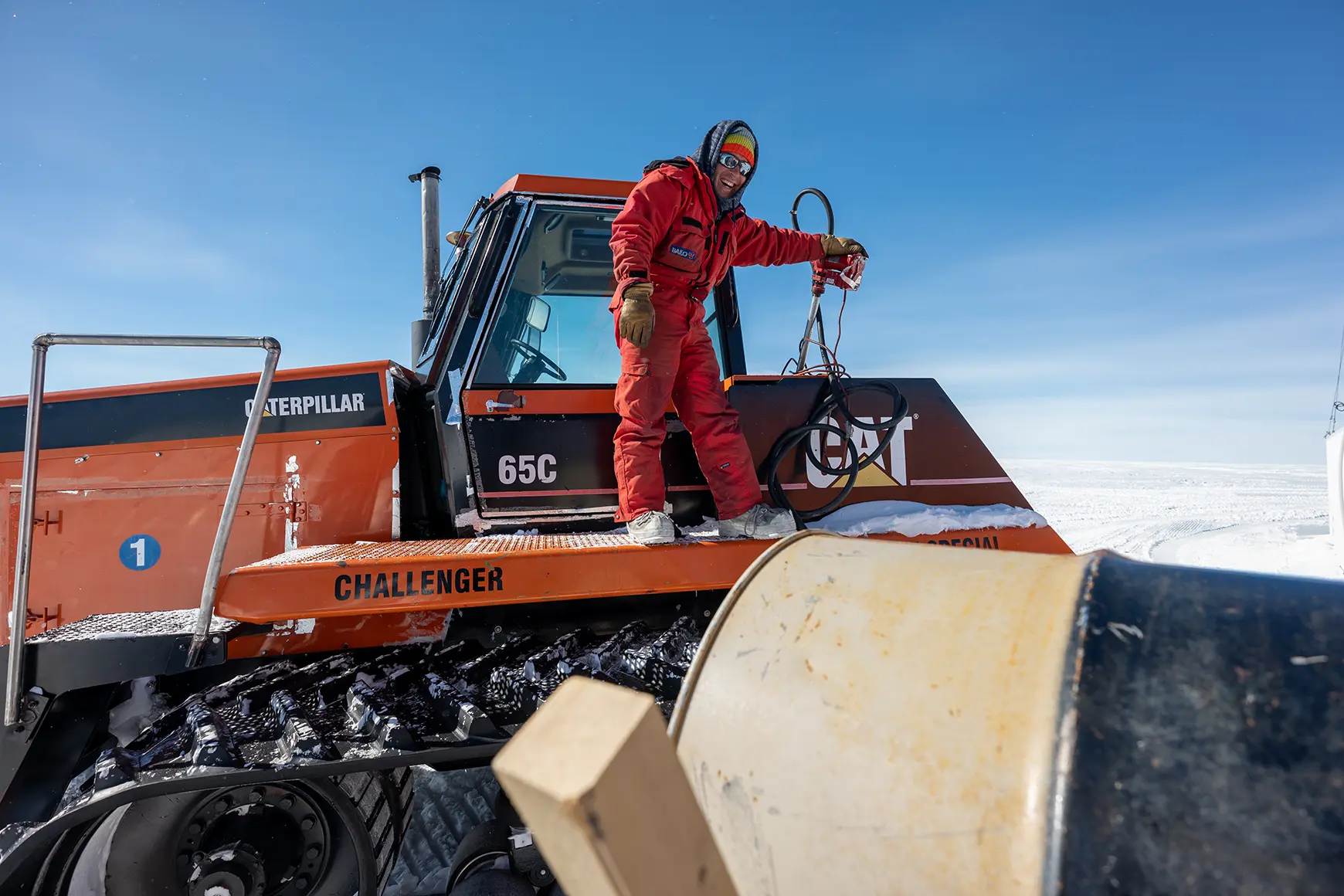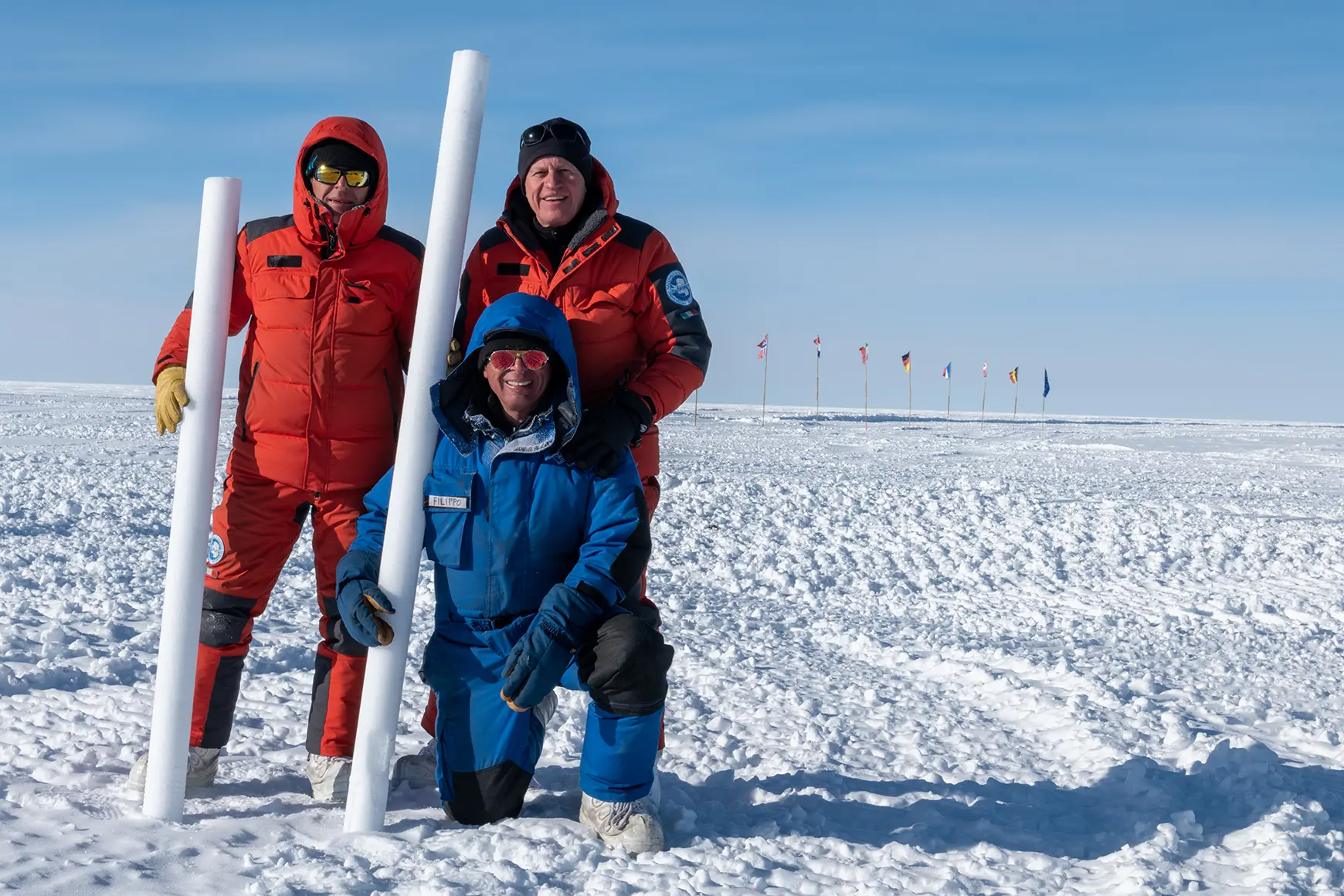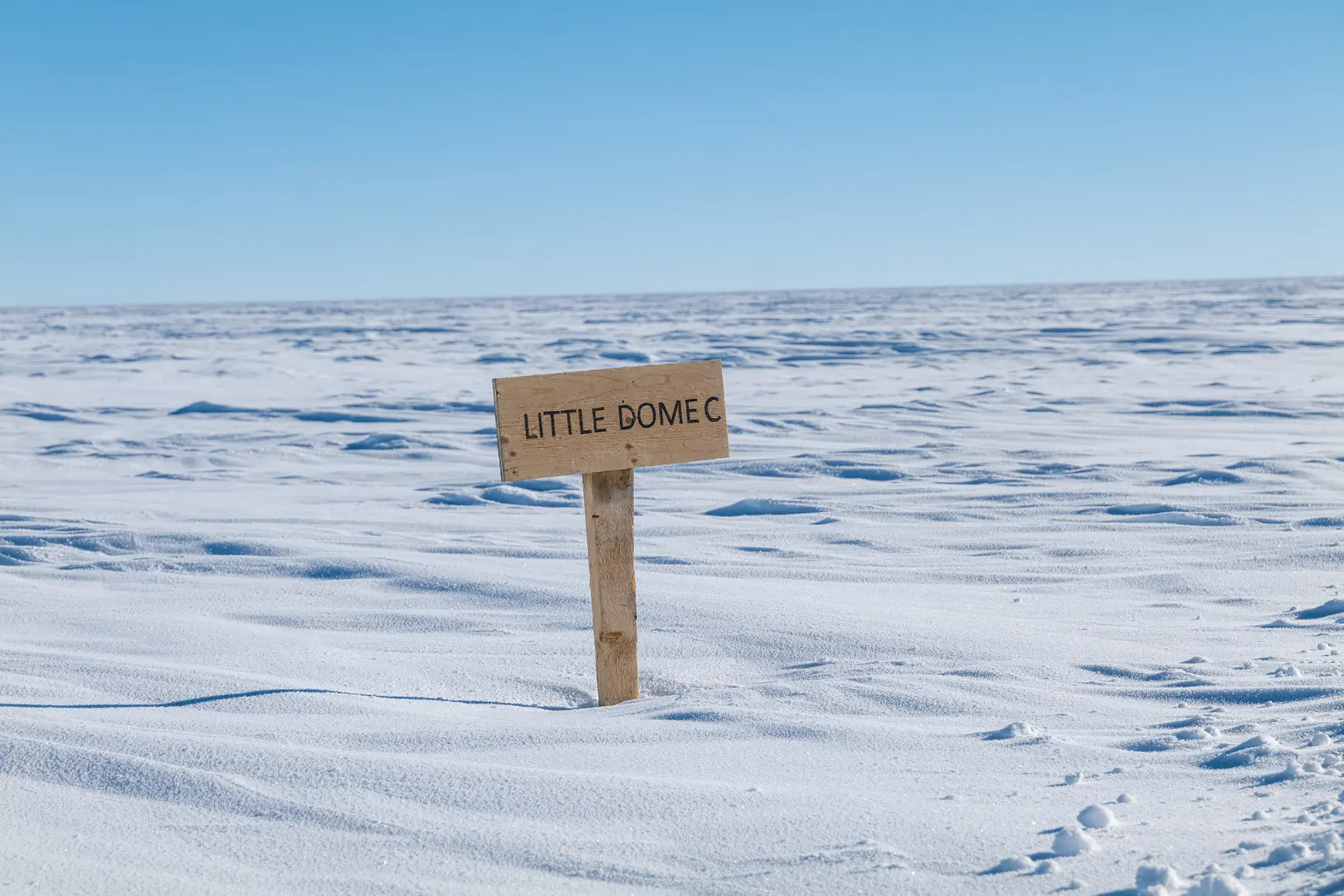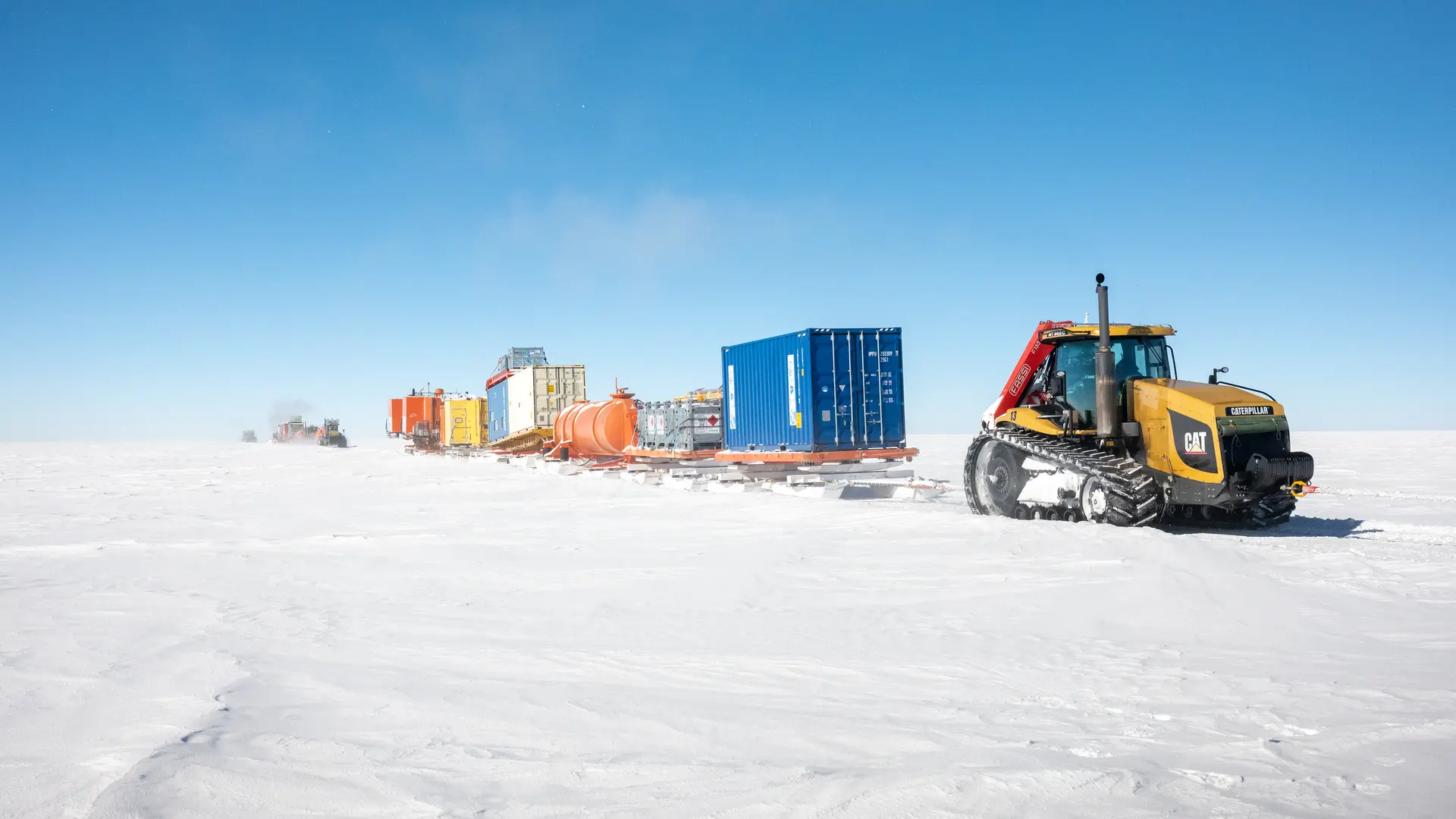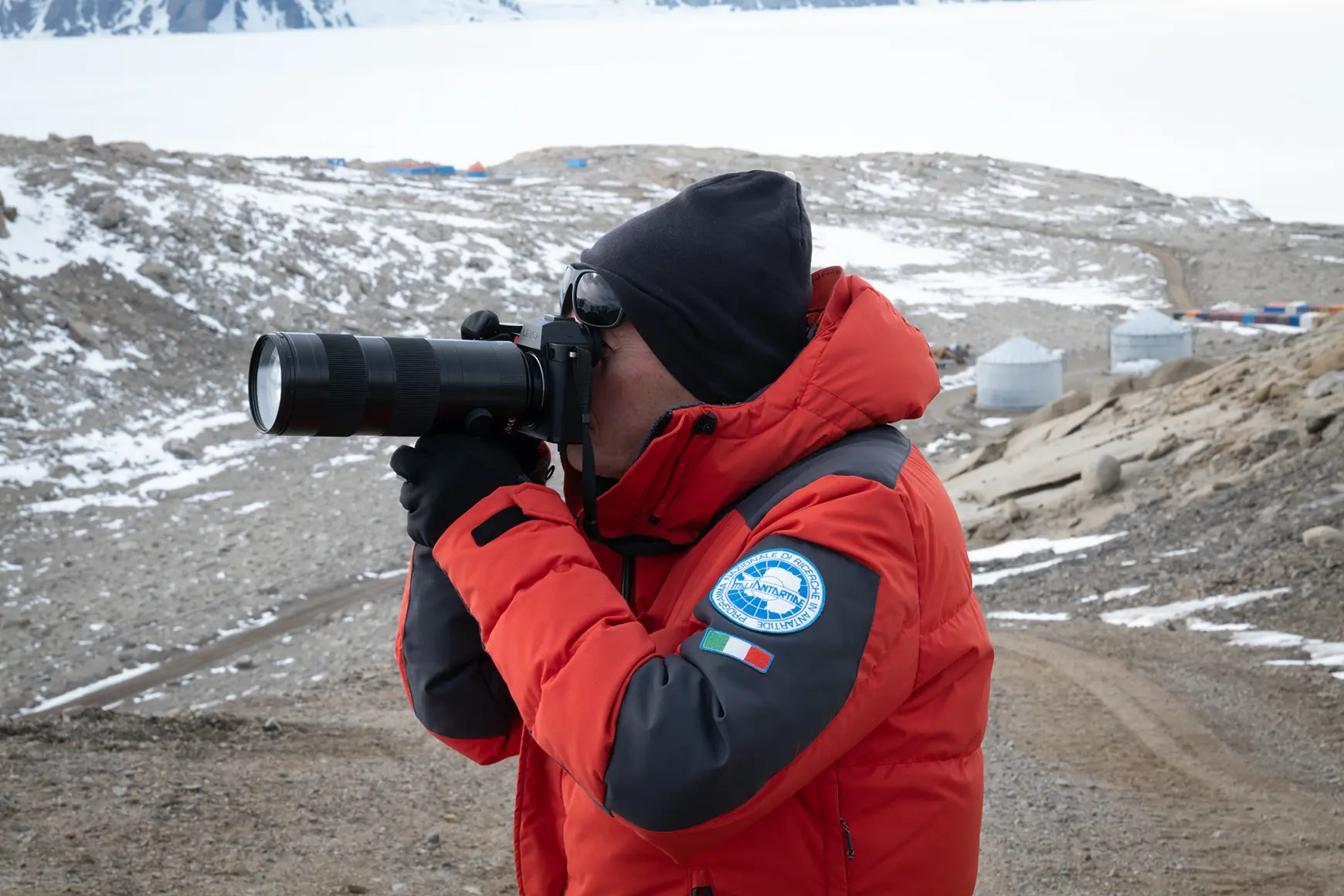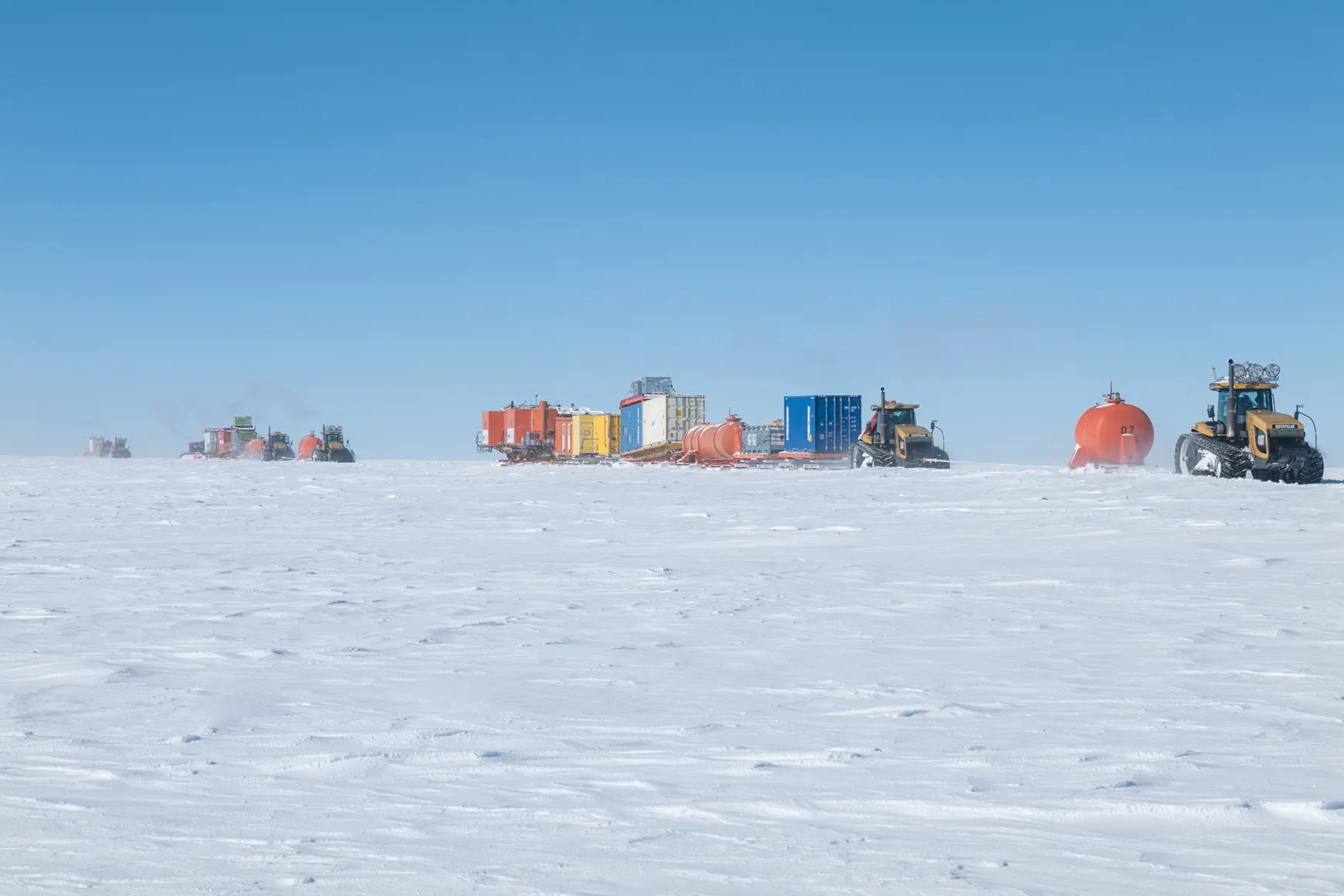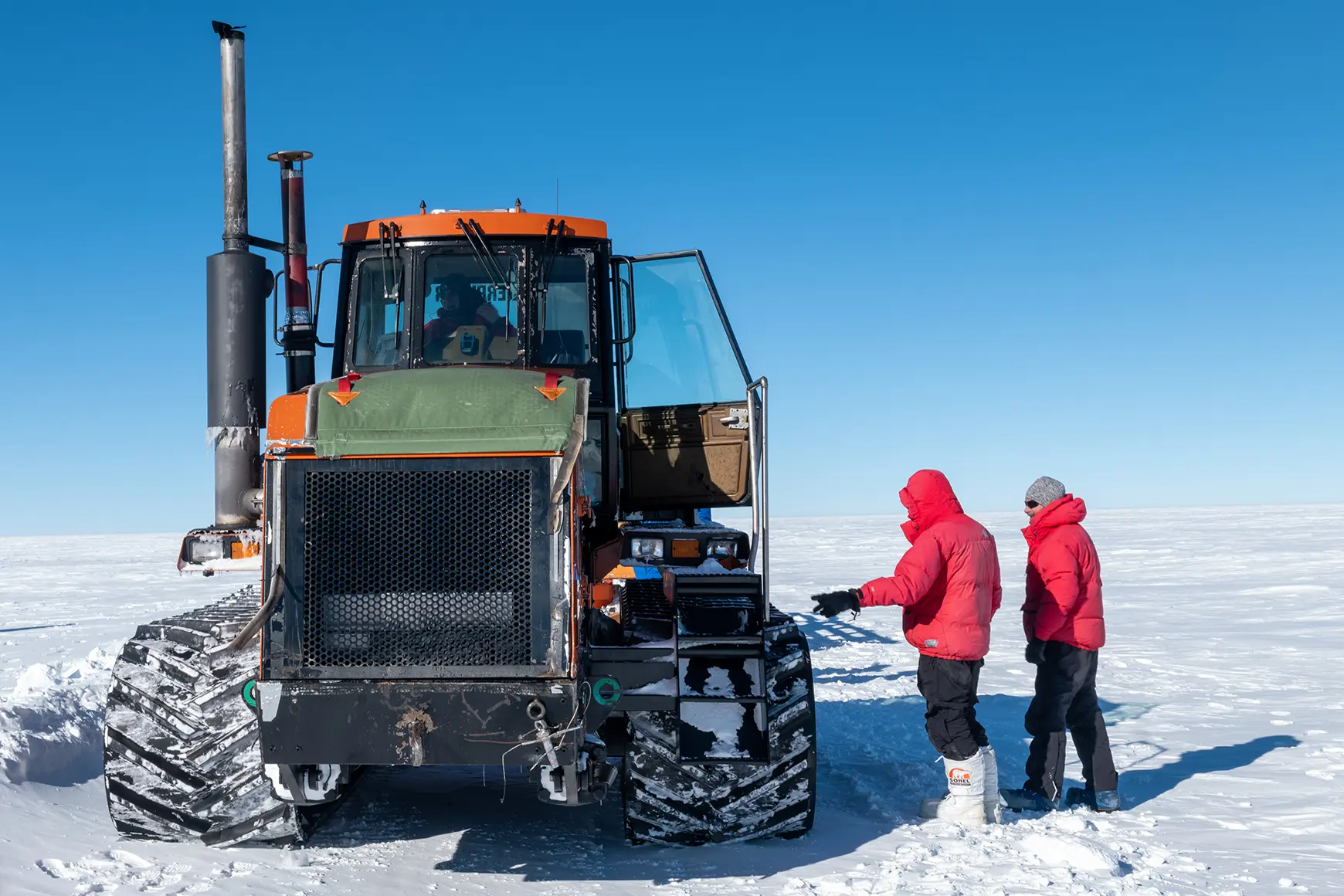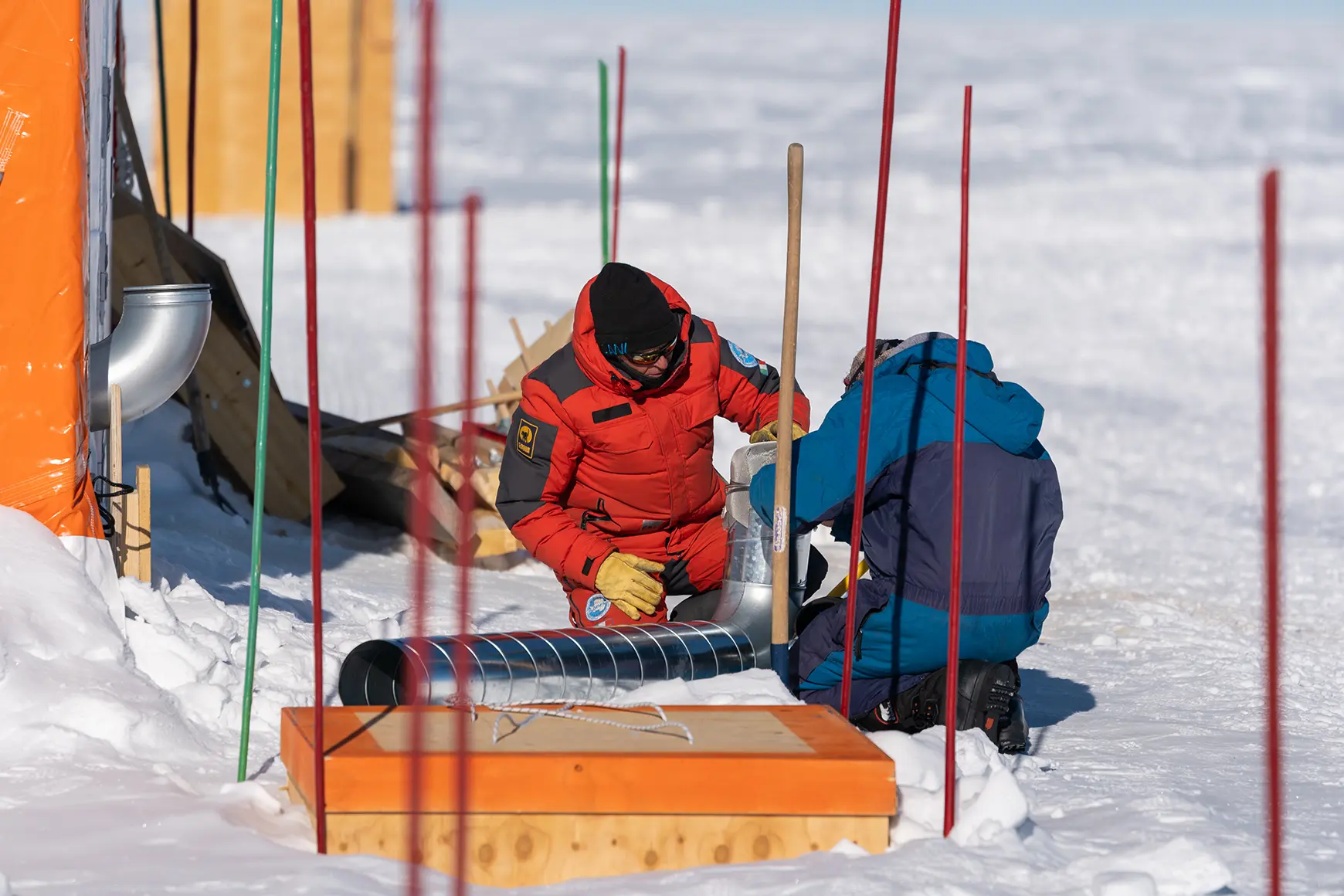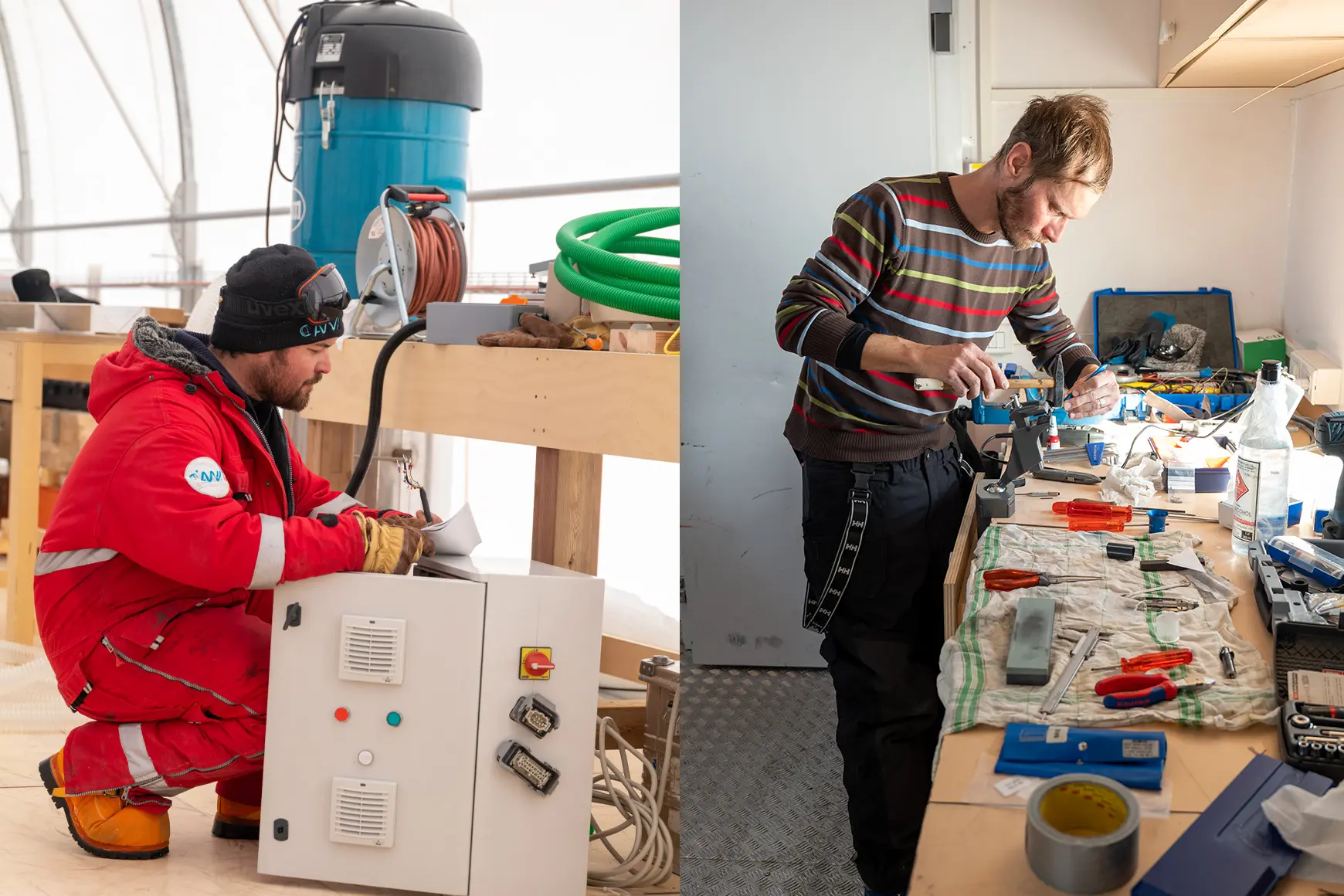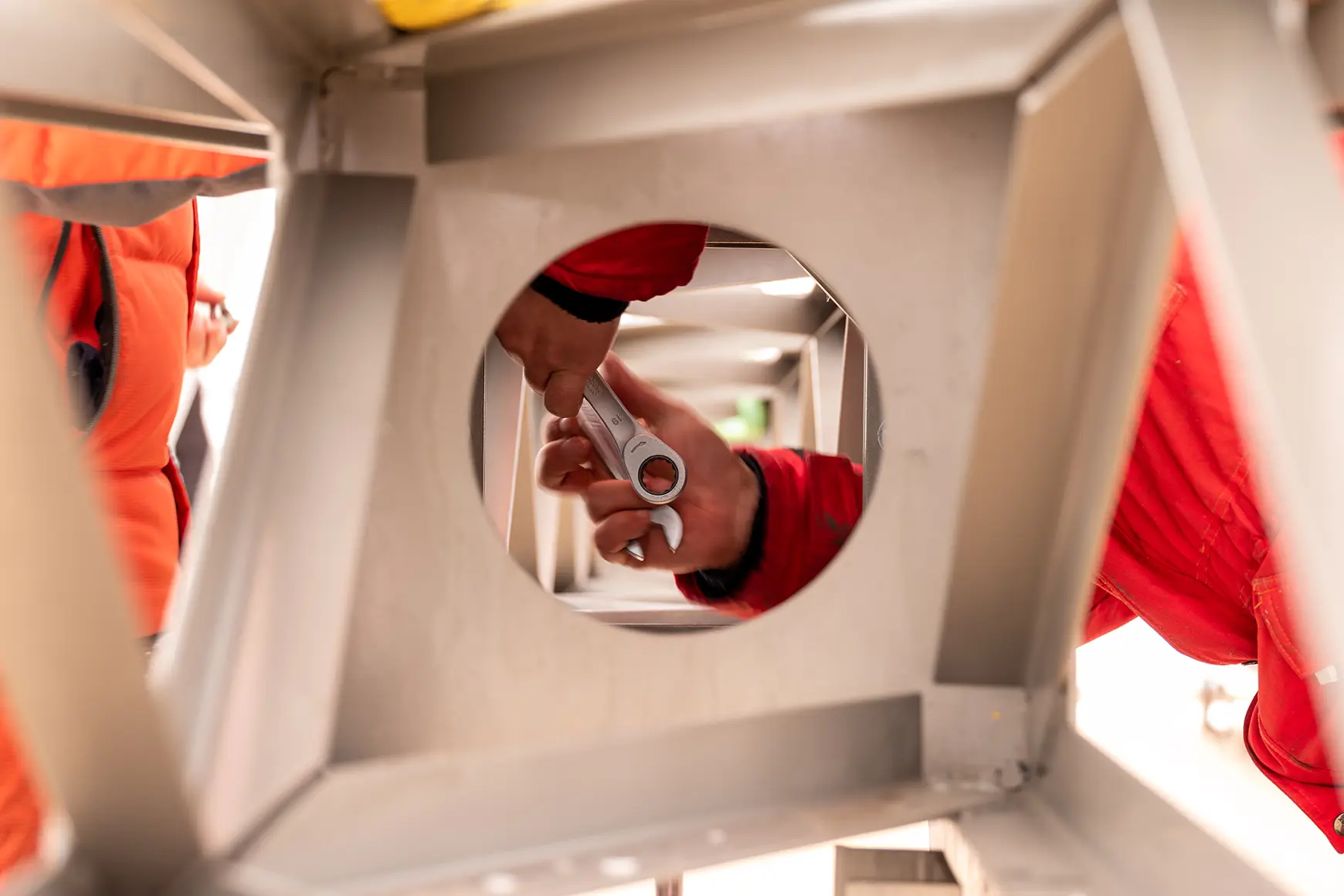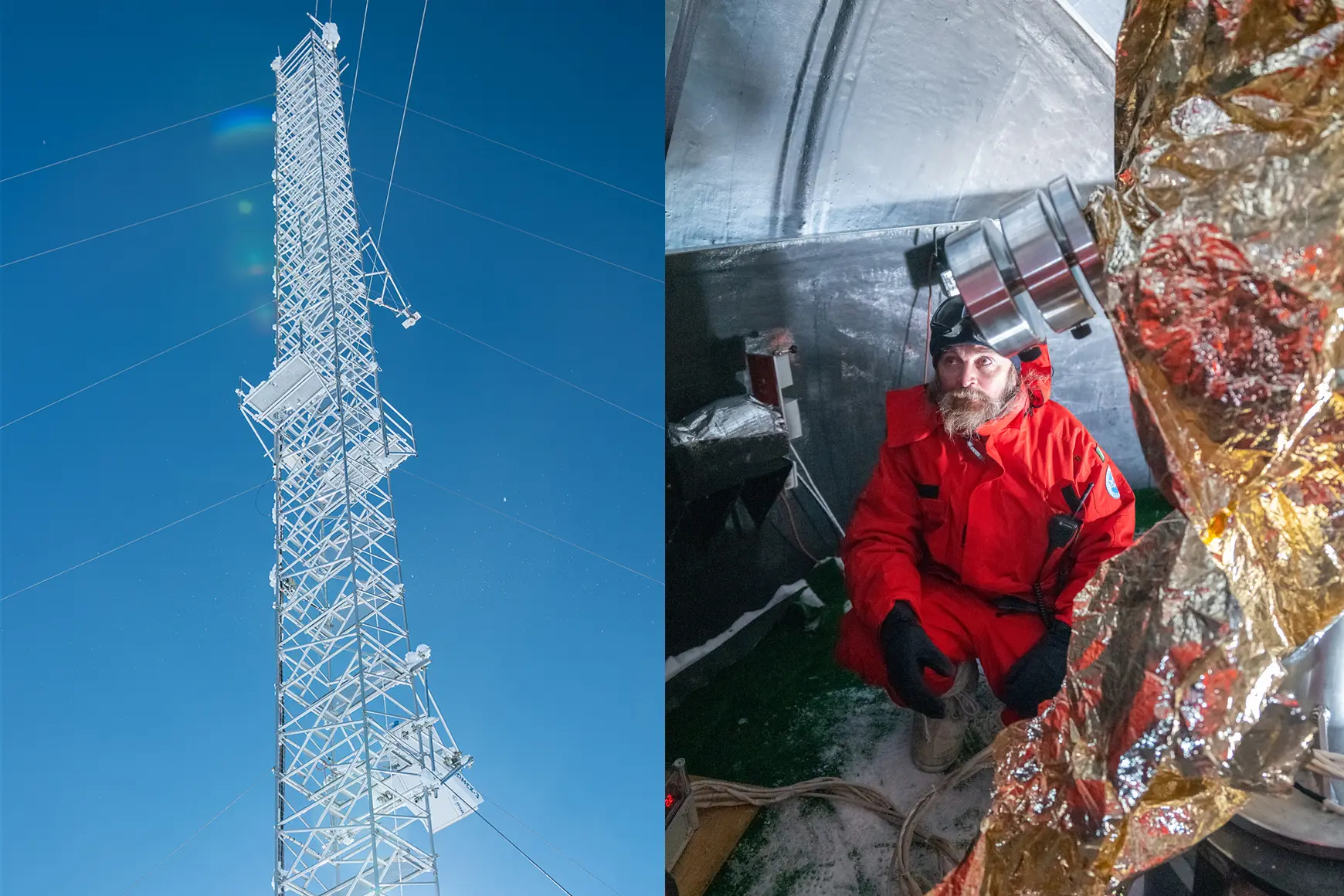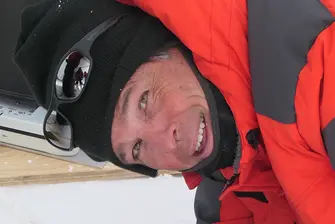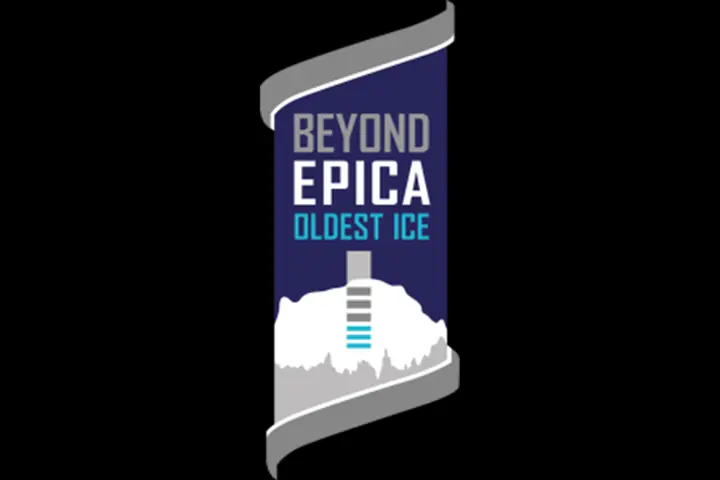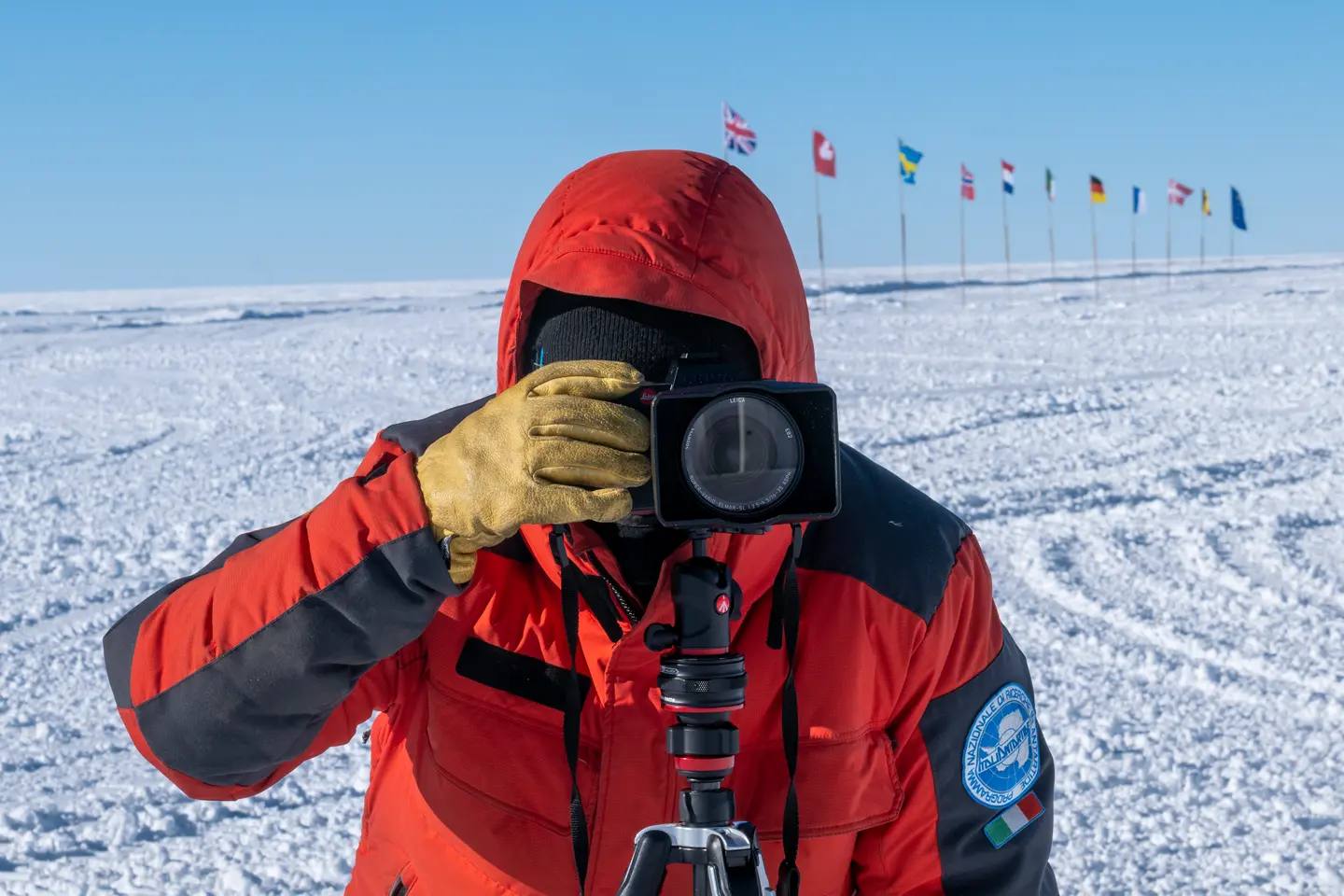
Lodowi pionierzy
Kluczowe informacje dla naszej przyszłości są doskonale zachowane głęboko w lodzie,. Dlatego naukowcy z ekspedycji „Beyond EPICA — Oldest Ice” wiercą w poszukiwaniu rdzeni lodowych na Antarktydzie. Dzieki nim chcą spojrzeć w przeszłość sprzed 1,5 miliona lat. Jednak ekstremalny klimat stanowi wielkie wyzwanie zarówno dla naukowców, jak i sprzętu, którego używają.
SL-System pracuje z Beyond Epica
One of the coldest place on earth is in Antarctica—on the East Antarctic Plateau to be exact. In this extreme landscape, where temperatures can drop below -80°C, is the 'Little Dome C' camp: the site of the 'Beyond EPICA—Oldest Ice' expedition. More than 1,000km from the coast and 3,233m above sea level, researchers from all over the world are drilling for the oldest ice on the planet. Using special core Drillers, the research team will work until 2026 to uncover—metre by metre and century by century—invaluable records of the Earth's climate history. These will be used to provide unique insights into today's climate situation.
When it comes to the documentation of this eternal ice project, researchers are taking things into their own hands. The requirement? A reliable and robust camera system, tested specially in advance for the expedition in a cold lab: the Leica SL-system. In November 2021, scientists set off for the South Pole with a Leica SL2, an SL2-S and three SL-Vario lenses. Since then, the SL-system has held its own under extreme conditions, capturing the progress of research and the remarkable living conditions at the camp in Antarctica. And it still hasn't reached its limits, not even at -60° C.
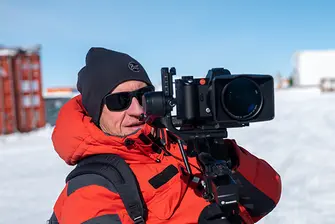
When I asked Stefan Daniel, the Executive Vice President of Technology and Operations, what Leica expected from us he said, 'go ahead and put the Leica through its paces'. So that's what we did.
Carlo Barbante, Institute of Polar Sciences
